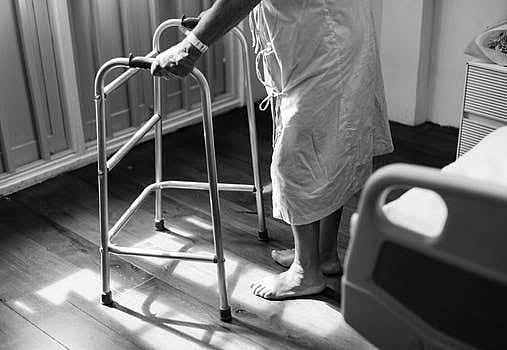Why such big disparities in end-of-life care for minority patients nearing death?

Most Americans nearing death don’t have access to palliative services and good end-of-life care. But for underserved populations such as African-Americans, Latinos and Asians, the gap is even wider.
Studies show that while 45 percent of whites use hospice as they approach death, only 30 percent of African-Americans and Asians use hospice. In California, where Latinos make up a significant percentage of the population (39 percent), only 4 percent of all patients who died in hospice were Latino. There is growing evidence that racial and ethnic disparities also exist in access to pain management and advance care planning. Compared to whites, minorities are less knowledgeable about advance directives and less likely to complete them. What’s not clear is the underlying reasons for these disparities.
My project for the 2018 California Fellowship is a two-part radio series on racial disparities in care at the end of life. The series will be broadcast on Crosscurrents, the daily news magazine on KALW public radio in San Francisco. The series will identify and explore some of the key factors that contribute to these disparities.
Poverty, lack of education, and language barriers inhibit communication about end-of-life care. Many living in disadvantaged and poor ethnic communities aren’t made aware of their end-of-life options. There’s an absence of minority staff, interpreters, and community outreach. Pharmacies in low-income neighborhoods are less likely to stock pain medications and opioids.
Other factors may be related to culture — among many Asians and Latino families, there are strong religious and spiritual taboos against openly discussing death and dying. These beliefs may conflict with the goals of palliative care. It’s difficult to make future plans without having these discussions about goals and preferences — as a result, dying patients are less likely to have their wishes for medical treatment carried out.
Dying African-Americans and Latino patients are more likely to be hospitalized and receive intensive, aggressive, life-prolonging treatment rather than palliative care in the last six months of life. The reasons for this are complicated. Many of them may not be made aware of palliative or hospice options. Many African-Americans tend to have a greater preference for life-sustaining treatments, perhaps due to a historical mistrust of the health system.
As part of this project, I will seek out and conduct interviews with palliative care physicians and people from churches and social service agencies who serve marginalized, aging communities and work closely with the terminally ill and their bereaved families. I will also seek out family members from African-American, Asian, and Latino communities who have suffered recent losses (depending on their willingness to share their stories). I’m hoping their thoughts and insights can shed light on the reasons for these disparities.

